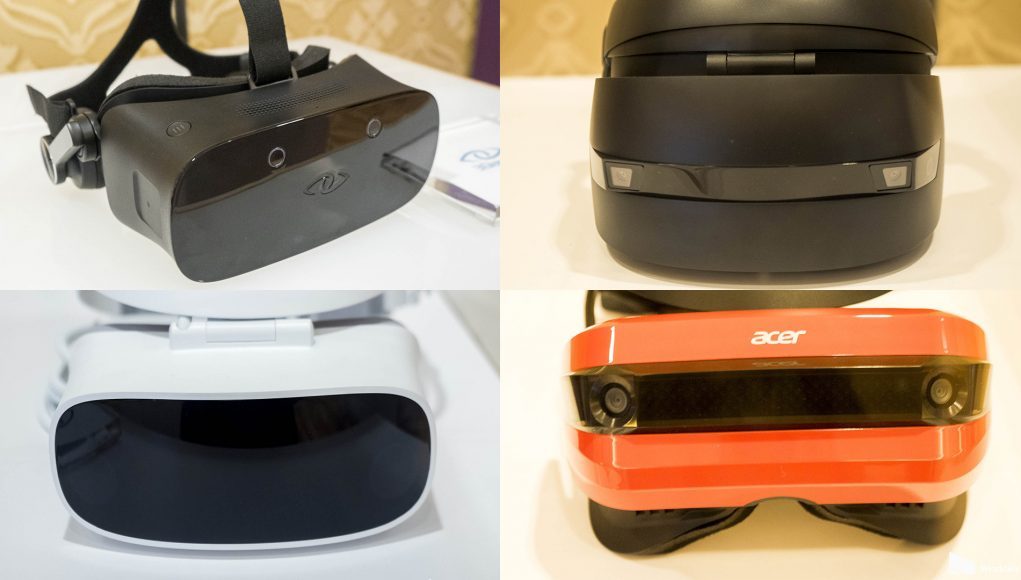In a new report from IDC (International Data Corporation), the market research firm predicts a near 10 fold increase in the shipments of augmented and virtual reality headsets in the next 4 years, bolstered by a plethora of new devices and “expanding array of content for both consumer and enterprise users.”
Lets be honest, the last few years have seen some pretty wild speculation from industry analysts whilst the excitement and hype surrounding the most recent renaissance in immersive technology has ridden high. A new report from IDC published last week however, while still erring on the side of ‘very optimistic’ in our opinion, may actually provide some attainable target aspirations for the fledgling VR industry.
“2016 marked an important step for the AR and VR headset market with product finally arriving in end users’ hands and on their heads,” noted Ramon Llamas, research manager with IDC’s Augmented and Virtual Reality team. “While there was clear demand coming primarily from technology enthusiasts, what became readily apparent were the use cases for enterprise users across multiple verticals and for consumers with gaming and content consumption. This sets the stage for the multiple aspects of the market that device makers, platforms and content providers, and developers will be addressing in the months and years to come.”
2016 saw the arrival of 3 major consumer virtual reality headsets, the Oculus Rift, HTC Vive and PlayStation VR. Despite Sony being pleasantly surprised by its official PSVR sales figures – with the nearly 1 million units sold since its October 2016 launch – it’s difficult to get a handle on market penetration for VR hardware to date. Many analysts issued somewhat gloomy reports on VR’s performance in 2016, despite that fact that the ‘disappointments’ cited were often due to some ludicrous and overexcited prediction from the analyst industry to date.
Samsung confirmed at CES in January that its Oculus engineered Samsung Gear VR headset had passed an install base figure of 5 Million and more recently Google affirmed that it had shipped over 10 Million Cardboard viewers. But it’s reasonable to say that the high cost of VR headsets and the gaming hardware needed to support them, is keeping high-end VR accessibility low right now. However, 2017 will see a glut of new devices hit the market from new vendors, increasing choice for consumers and introducing competition. At the same time, despite the general focus on VR’s entertainment prospects, IDC sees the technology’s wider appeal to other verticals as key to its growth predictions.
As we’ve said, these numbers still feel a touch on the optimistic side, and it’s difficult to see how fast augmented reality – long seen as the logical target evolution from VR for immersive technology – will develop once big AR players like Magic Leap (and hopefully Apple) finally hit the market (or, you know, show anything at all).
It should also be pointed out that, as is the case for every market researcher, predictions can easily be wide of the mark. IDC themselves predicted in 2011 that by 2015, Microsoft’s then new (and now dead) Windows Phone platform would overtake Apple’s IOS as in the mobile phone market.







